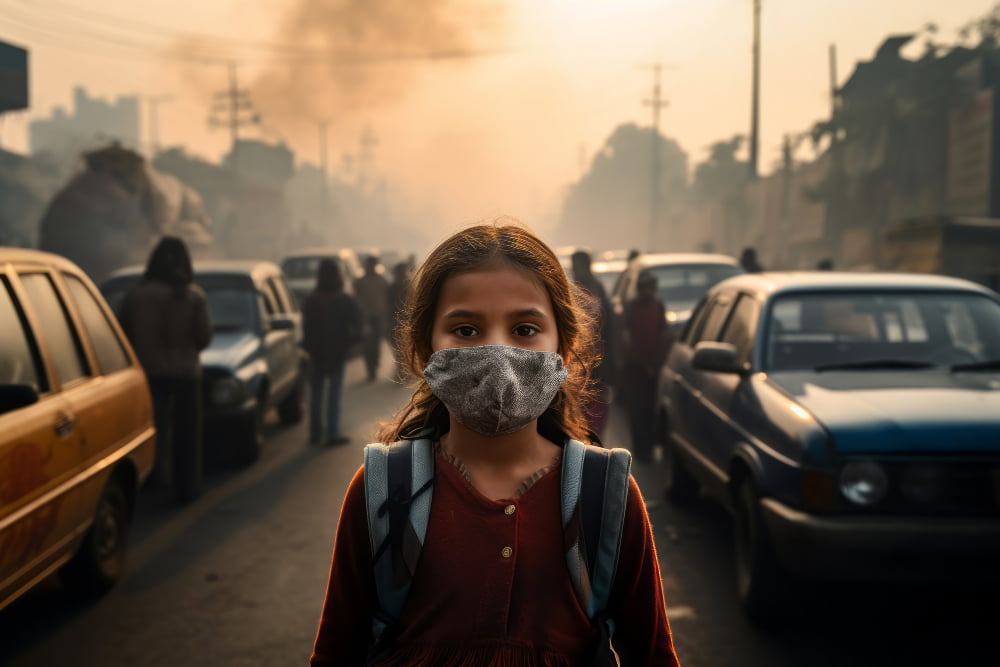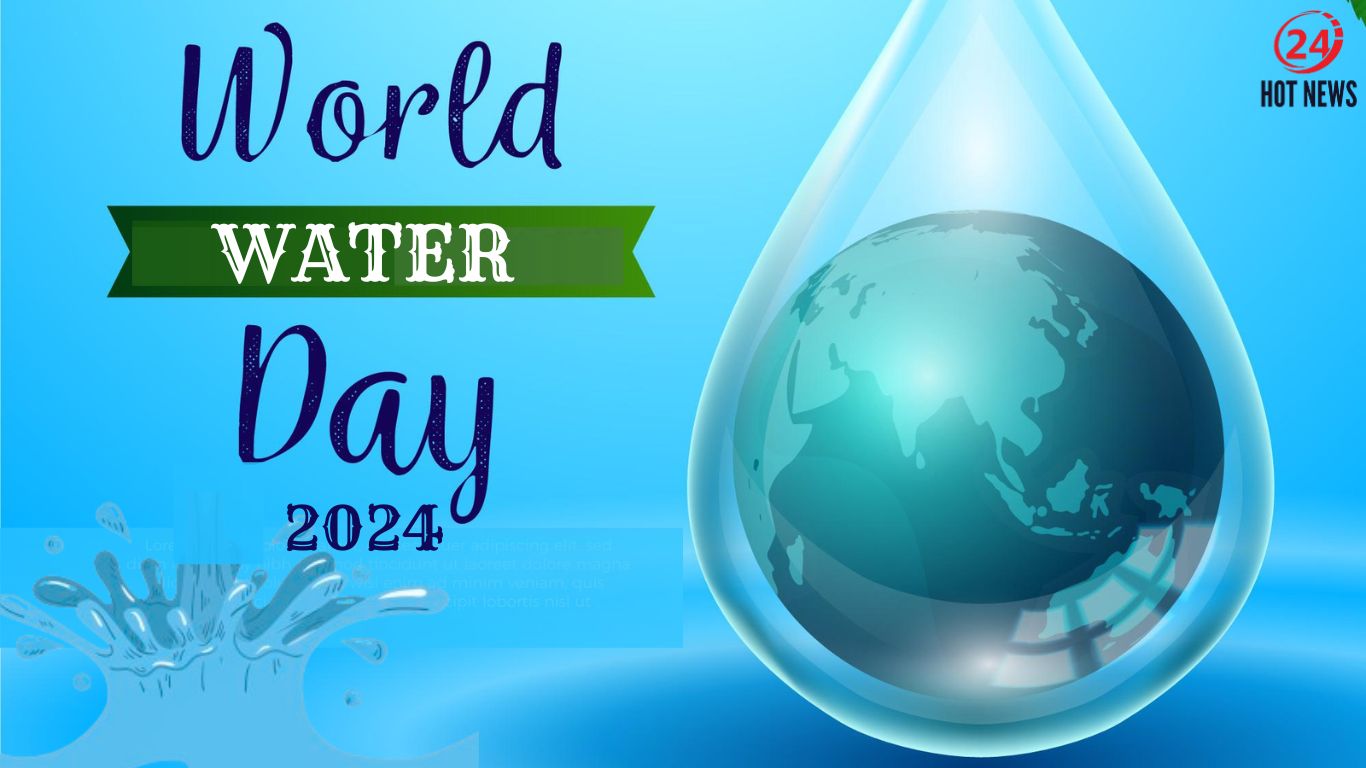Delhi’s Fight Against Air Pollution
As the winter months descend upon Delhi and the National Capital Region (NCR), a familiar menace rears its ugly head – air pollution. The air quality in this sprawling metropolis has been a cause for concern for years, and every year, the onset of winter brings a slew of challenges. Delhi’s Fight Against Air Pollution In the face of this environmental crisis, the Commission for Air Quality Management (CAQM) has recently invoked Stage III of the Graded Response Action Plan (GRAP) to combat the worsening air quality. Delhi’s Fight Against Air Pollution This blog explores the severity of the issue, the measures being taken, and the importance of a collective effort to combat air pollution.
The Air Quality Crisis
Delhi’s air quality crisis has been a recurring nightmare for its residents. On November 2, the city witnessed a rapid increase in air pollution, with the average Air Quality Index (AQI) soaring to 402 by 5 pm, categorizing the air quality as ‘Severe.’ Earlier in the day, the AQI was 392 at 4 pm, 378 at 3 pm, and 351 in the morning. Several areas in the city reported ‘severe’ air quality, including Punjabi Bagh, Dwarka Sector-8, Jahangirpuri, Rohini, and more.
The persistence of ‘inferior’ air quality for six consecutive days is alarming. Residents woke up to hazy mornings with temperatures dropping to 16.3 degrees Celsius. Delhi’s Fight Against Air Pollution The sudden spike in air pollution can be attributed to adverse meteorological conditions, a surge in farm fires, and North-Westerly winds carrying pollutants into Delhi.
Understanding GRAP
The Graded Response Action Plan (GRAP) is a comprehensive strategy to address air pollution in the NCR. It classifies air quality into different stages, ranging from ‘Good’ to ‘Severe,’ based on the Air Quality Index (AQI). When the AQI crosses a certain threshold, specific measures are enforced to mitigate the pollution levels.
The current situation has led to the implementation of Stage III of GRAP Delhi’s Fight Against Air Pollution, designated for ‘Severe’ Air Quality (AQI > 400). This stage involves the enforcement of restrictive actions mentioned in Stage I and Stage II but with added urgency.
Key Measures Implemented under Stage III of GRAP
To combat the dire air quality, a series of measures are being enforced by various agencies and Pollution Control Boards of the NCR and the Delhi Pollution Control Committee (DPCC). These measures include:
Mechanized Sweeping: Intensifying the frequency of mechanized/vacuum-based road sweeping to reduce dust accumulation on roads.
Water Sprinkling: Ensuring daily water sprinkling along with dust suppressants before peak traffic hours to control dust pollution.
Public Transport: Enhancing public transport services and introducing differential rates to encourage off-peak travel, reducing vehicular emissions.
Construction & Demolition Activities: Imposing strict bans on various construction and demolition activities, except for essential services and projects. Emphasis is placed on adherence to C&D Waste Management Rules and dust control norms.
Curtailing Dust-Generating Activities: Banning activities such as earthwork, structural construction, demolition, loading/unloading of construction materials, and more.
Stone Crushers and Mining: Closing down operations of stone crushers and all mining activities in the NCR to reduce dust and particulate matter emissions.
Restrictions on Vehicles: Imposing restrictions on the use of BS III petrol and BS IV diesel LMVs (4-wheelers) in Delhi and select districts of the NCR.
Online Education: Allowing state governments to decide on discontinuing physical classes for children up to Class V and shifting to online education.
Individual Actions: Encouraging citizens to choose cleaner commutes, work from home when possible, and avoid using coal and wood for heating.
The Way Forward
The battle against air pollution in Delhi and the NCR is not one that can be won with a single action. It requires a concerted effort from government bodies, citizens, and stakeholders. Delhi’s Fight Against Air Pollution The current crisis underscores the urgency of transitioning to cleaner energy sources, reducing vehicular emissions, and adopting sustainable practices.
As individuals, we can contribute to the cause by opting for cleaner modes of transportation, conserving energy, and reducing our carbon footprint. Additionally, supporting policies and initiatives aimed at combating air pollution is essential.
Conclusion
The recent invocation of Stage III of the Graded Response Action Plan (GRAP) is a stark reminder of the ongoing air quality crisis in Delhi and the NCR. Delhi’s Fight Against Air Pollution The deteriorating air quality, aggravated by meteorological factors and human activities, necessitates immediate and sustained action. By implementing the prescribed measures, collectively taking responsibility for our actions, and advocating for sustainable solutions, we can work towards a future where clean air is a reality, not just a fleeting hope. Delhi’s Fight Against Air Pollution in Delhi is one that we must fight together to ensure a healthier and more sustainable environment for generations to come.






